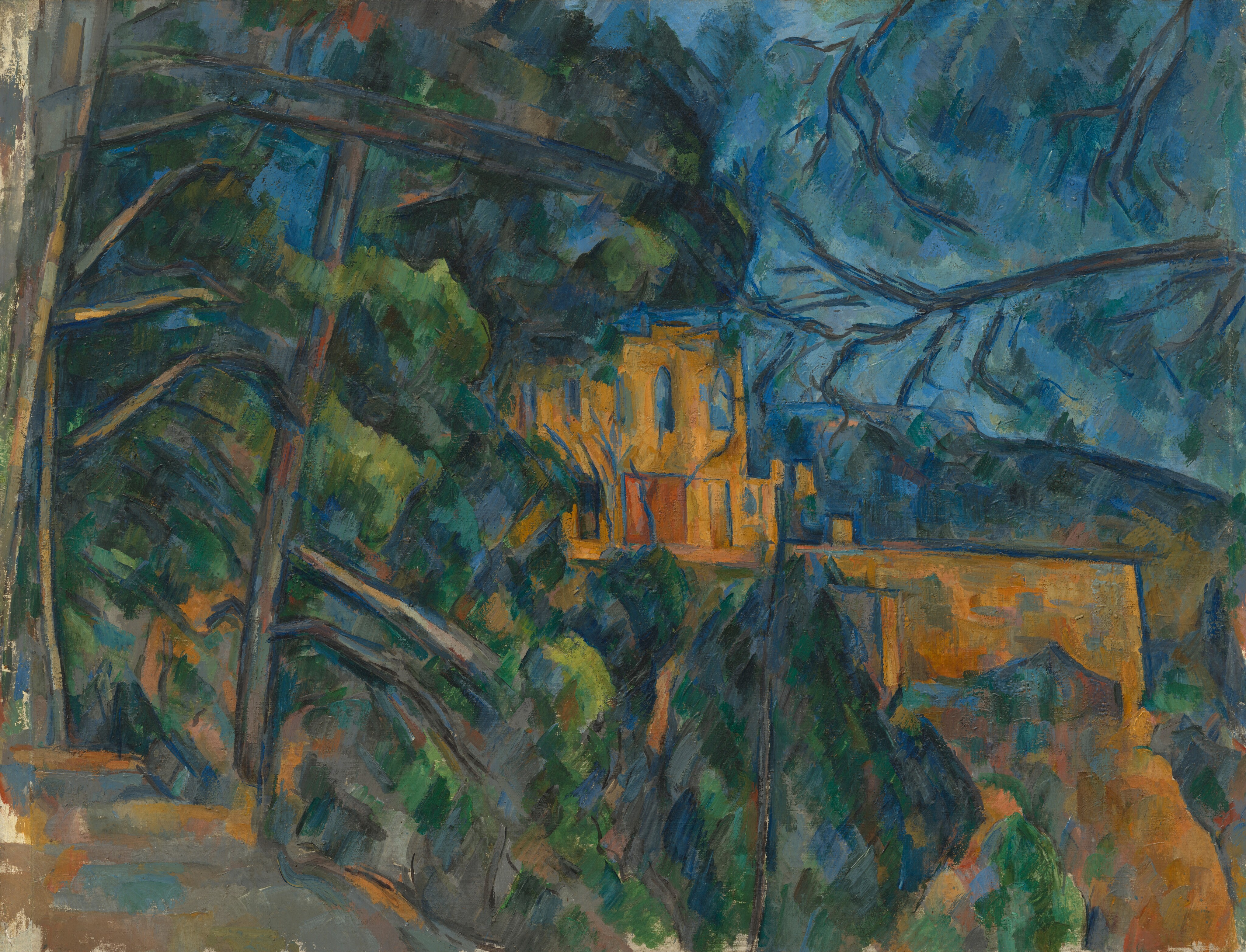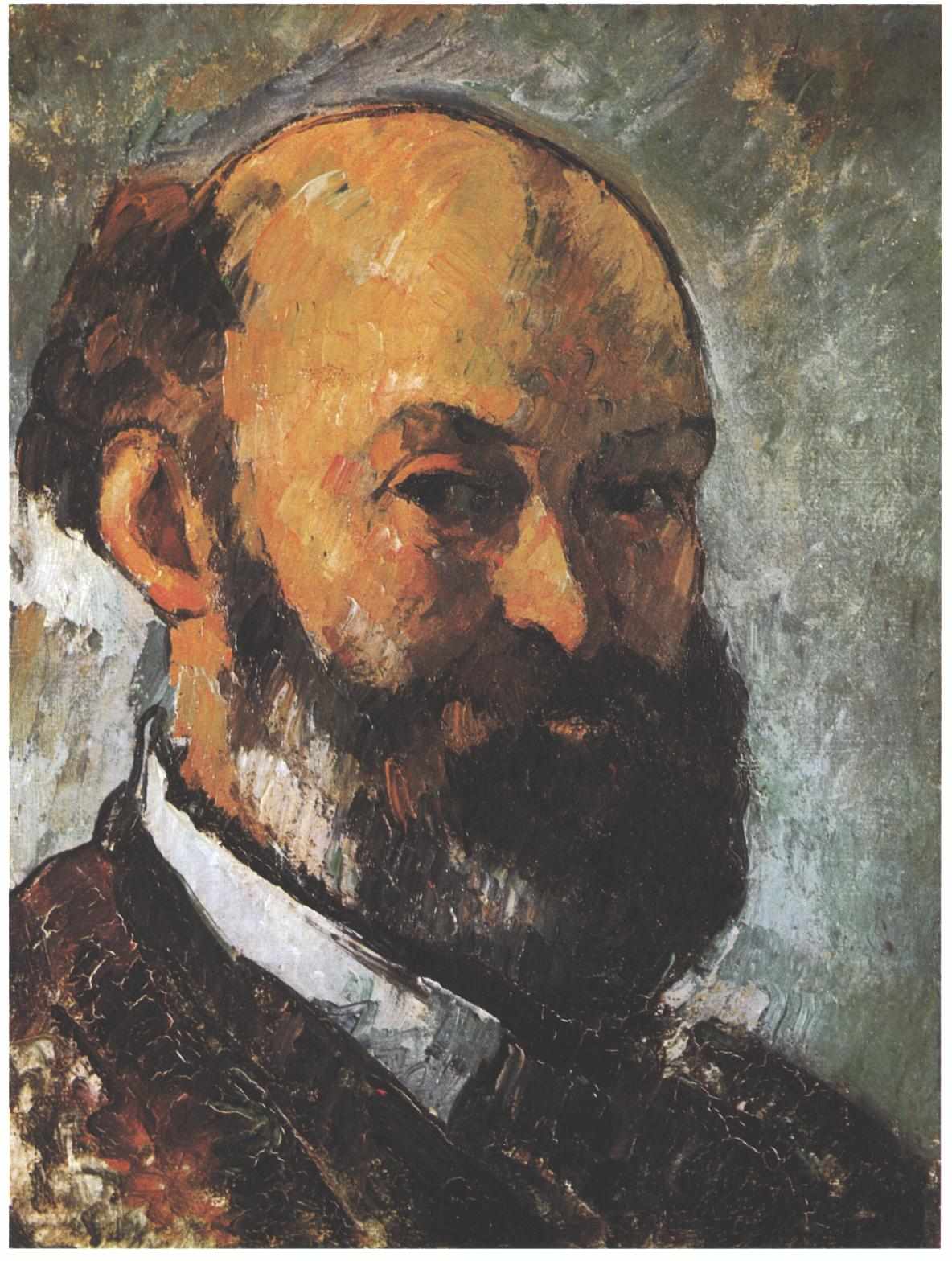Cézanne's paintings after 1895 take on a darker, more enigmatic quality compared to his earlier works. His colors grow richer, his brushwork more expressive, and his compositions more confined. The work we present today is veiled by a tangle of branches, creating a sense of enclosure and isolation. The setting feels cramped and remote—markedly more challenging and forbidding. Even the skies differ dramatically: the earlier sky is airy, while this one is heavy, tinged with leaden hues and streaks of purple and green. The pale buildings of his earlier landscapes have given way to a deeper ocher. In his later years, Cézanne was drawn not only to the inherent order of nature but also to its chaos and turbulence. The brooding solitude of this scene reflects a resonance with his own inner world.
Cézanne painted the Château Noir castle multiple times, captivated by its mystique. Local legends surrounded the structure, once known as Château Diable ("Castle of the Devil"), with its Gothic windows and crumbling walls giving it the appearance of a ruin.
Though Cézanne continued to paint outdoors, directly observing his subjects (a practice encouraged by his impressionist mentor Camille Pissarro), his approach diverged from Impressionism. This painting is not a quick rendering of fleeting visual effects but a profound and deliberate meditation. It represents an effort to "realize," as Cézanne himself described, the complete sensation of the place—a synthesis of his temperament, vision, and intellect.
P.S. Impressionism or Post-Impressionism? Learn how to distinguish between those art movements with our online courses.
P.P.S. Are you intrigued by this painting? Learn more about Paul Cézanne, the father of modern art.


 Paul Cézanne
Paul Cézanne